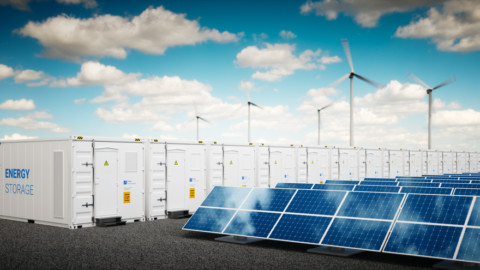The Australian Energy Market Commission (AEMC) has released its annual residential Electricity Price Trends report which has predicted power bills should start to ease in the eastern states from the second half of 2018 as new generation capacity enters the market.
The report forecasts electricity prices across the east coast should fall by between five to seven per cent in the 2018-19 financial year and fall even further in the following year. The report predicts electricity prices will increase in 2018-19 in WA, the ACT and the Northern Territory.
AEMC Chairman, John Pierce, said this year’s report shows wholesale electricity costs are now the single biggest driver of change in residential electricity bills – unlike earlier price trends reports which found network costs were the main driver.
“Prices rose sharply this year by almost 11 on a national basis as consumers felt the impact of Hazelwood per cent and Northern coal-fired plants retiring and the lack of replacement investment, combined with high gas prices,” Mr Pierce said.
“But we expect these price rises will be reversed over the next two years as around 4,000MW of RET-funded wind and solar generation enters the system.”
However, the report also found that over time, low wholesale prices contribute to the closure of coal-fired plants. Without new investment to replace these older generators, wholesale costs will start to increase again as supply falls.
“Without investment in replacement dispatchable capacity, wholesale prices will go up again and remain volatile. And the rollercoaster will be repeated,” said Mr Pierce.
To this end, the AEMC is working with other market bodies on the Energy Security Board on the national energy guarantee design.
“We have a window right now for the COAG Energy Council to continue its work on mechanisms that can work in the long term interests of consumers and keep the lights on as the energy sector continues to restructure,” Mr Pierce added.
The report also found that network costs, which make up around half of the residential electricity bill, are estimated to remain relatively flat across most states and territories.
However, there is some uncertainty due to the current legal challenge of distribution network revenues in South Australia, the Australian Competition Tribunal’s decision that the AER remake the most recent revenue determination for the NSW and ACT distribution businesses, and ongoing processes related to Western Power’s access arrangement in Western Australia.
The direct costs of environmental policies, which make up between five to 15 per cent of a typical bill, are estimated to rise by around 19 per cent over the next two years. This increase is mainly due to higher costs for certificates under the large-scale renewable energy target and also state environmental policies such as feed-in tariffs.
Australian Energy Council Chief Executive, Matthew Warren, said, “The report is welcome news for households and businesses, and suggests that we may have hit a price peak for electricity in eastern Australia.
“Increased renewable generation is welcome and a key part of the rebuild of the grid this century. We still need to push through with national policy reforms to ensure we make these changes sustainably and reliably, so that costs don’t spike again when the next round of older power stations exit the market.”
















